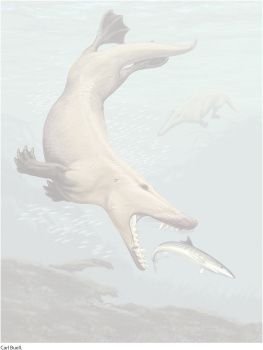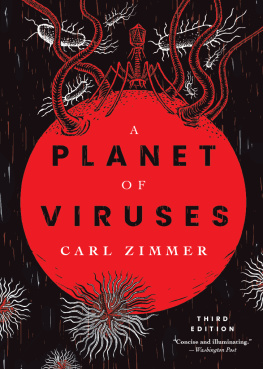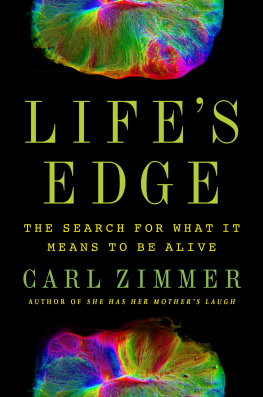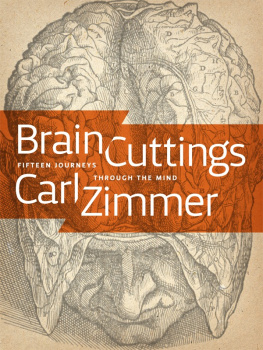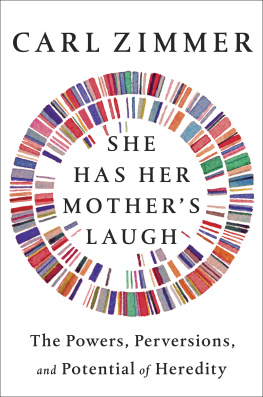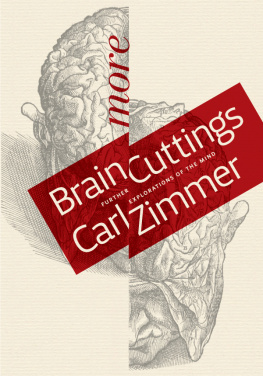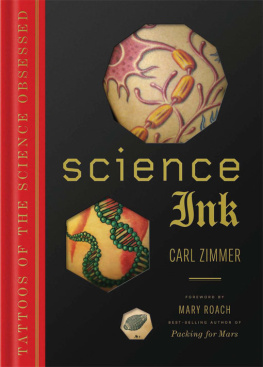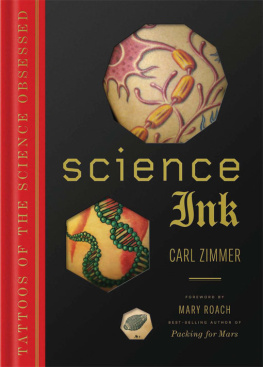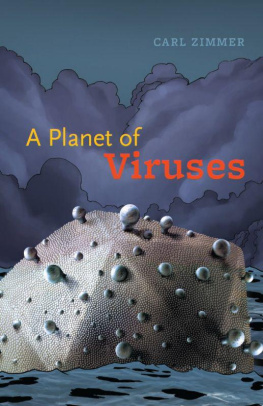Carl Zimmer - The Tangled Bank: An Introduction to Evolution, Second Edition
Here you can read online Carl Zimmer - The Tangled Bank: An Introduction to Evolution, Second Edition full text of the book (entire story) in english for free. Download pdf and epub, get meaning, cover and reviews about this ebook. year: 2013, publisher: Macmillan Higher Education, genre: Religion. Description of the work, (preface) as well as reviews are available. Best literature library LitArk.com created for fans of good reading and offers a wide selection of genres:
Romance novel
Science fiction
Adventure
Detective
Science
History
Home and family
Prose
Art
Politics
Computer
Non-fiction
Religion
Business
Children
Humor
Choose a favorite category and find really read worthwhile books. Enjoy immersion in the world of imagination, feel the emotions of the characters or learn something new for yourself, make an fascinating discovery.
- Book:The Tangled Bank: An Introduction to Evolution, Second Edition
- Author:
- Publisher:Macmillan Higher Education
- Genre:
- Year:2013
- Rating:3 / 5
- Favourites:Add to favourites
- Your mark:
- 60
- 1
- 2
- 3
- 4
- 5
The Tangled Bank: An Introduction to Evolution, Second Edition: summary, description and annotation
We offer to read an annotation, description, summary or preface (depends on what the author of the book "The Tangled Bank: An Introduction to Evolution, Second Edition" wrote himself). If you haven't found the necessary information about the book — write in the comments, we will try to find it.
The Tangled Bank: An Introduction to Evolution, Second Edition — read online for free the complete book (whole text) full work
Below is the text of the book, divided by pages. System saving the place of the last page read, allows you to conveniently read the book "The Tangled Bank: An Introduction to Evolution, Second Edition" online for free, without having to search again every time where you left off. Put a bookmark, and you can go to the page where you finished reading at any time.
Font size:
Interval:
Bookmark:
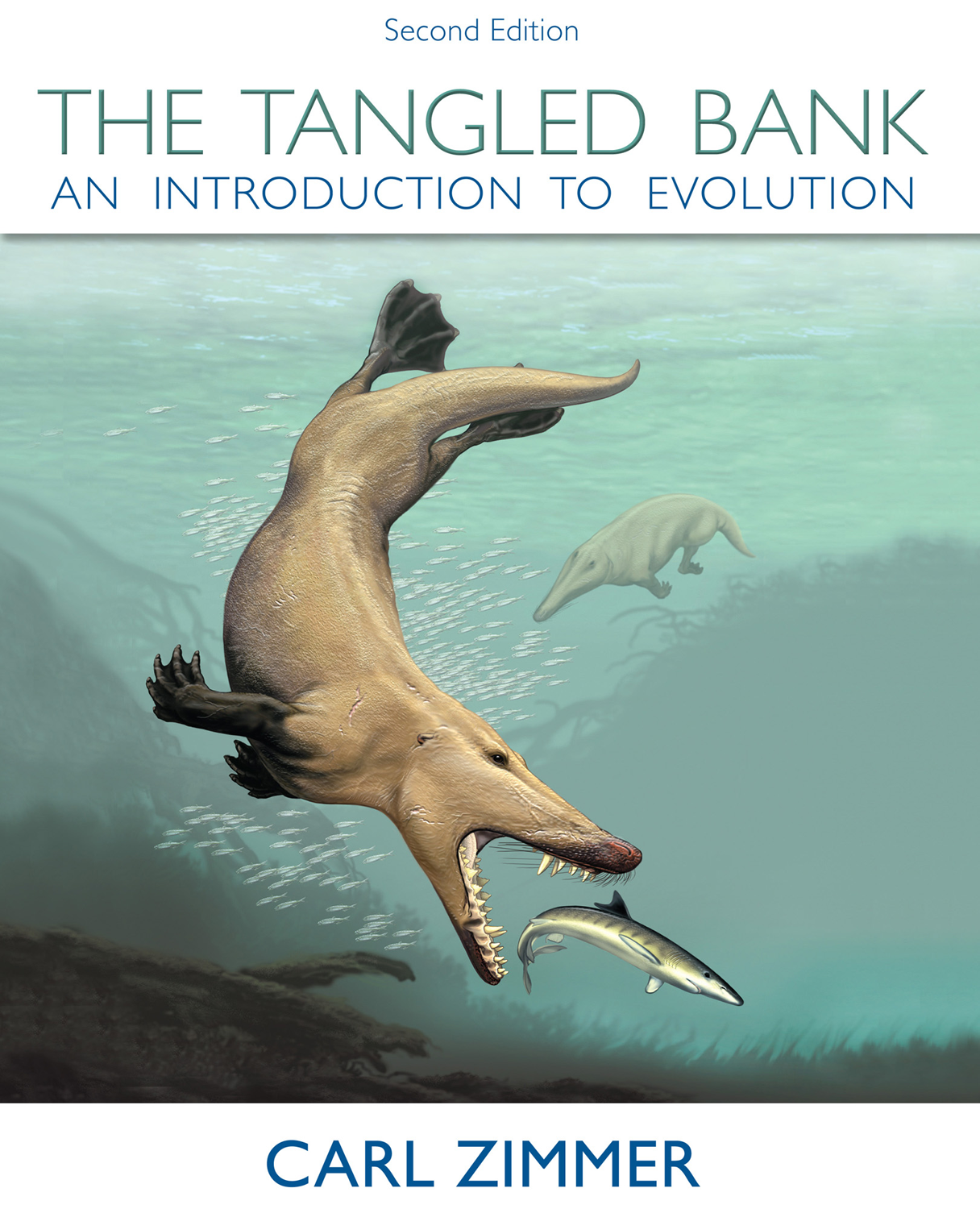
SECOND EDITION
SECOND EDITION
AN INTRODUCTION TO EVOLUTION
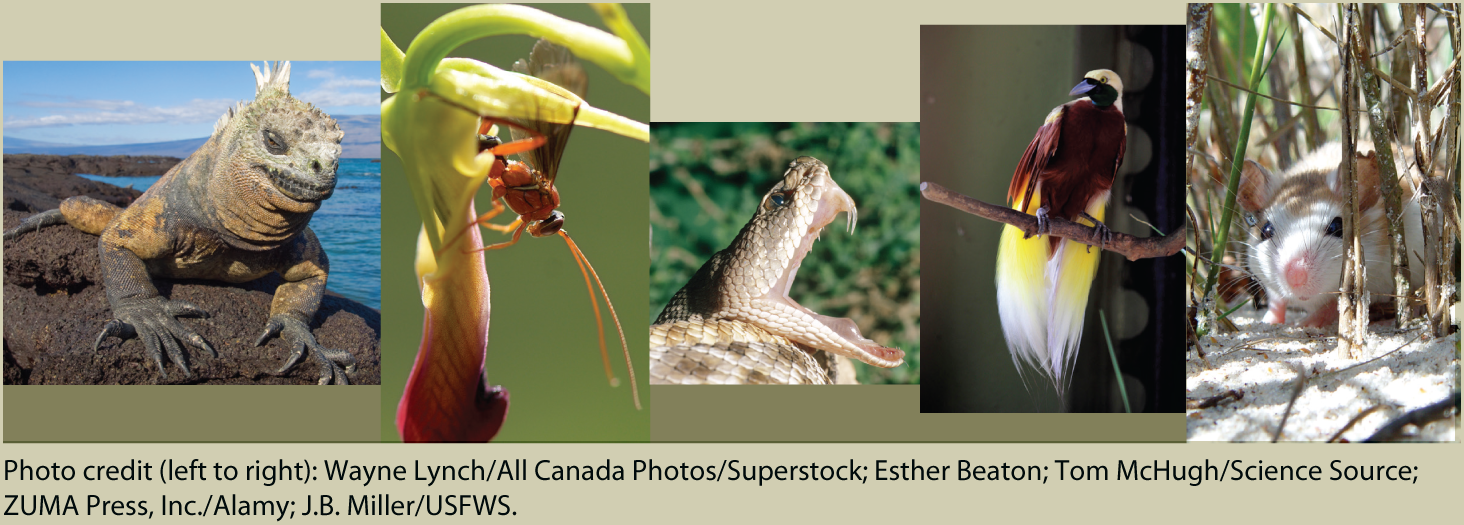
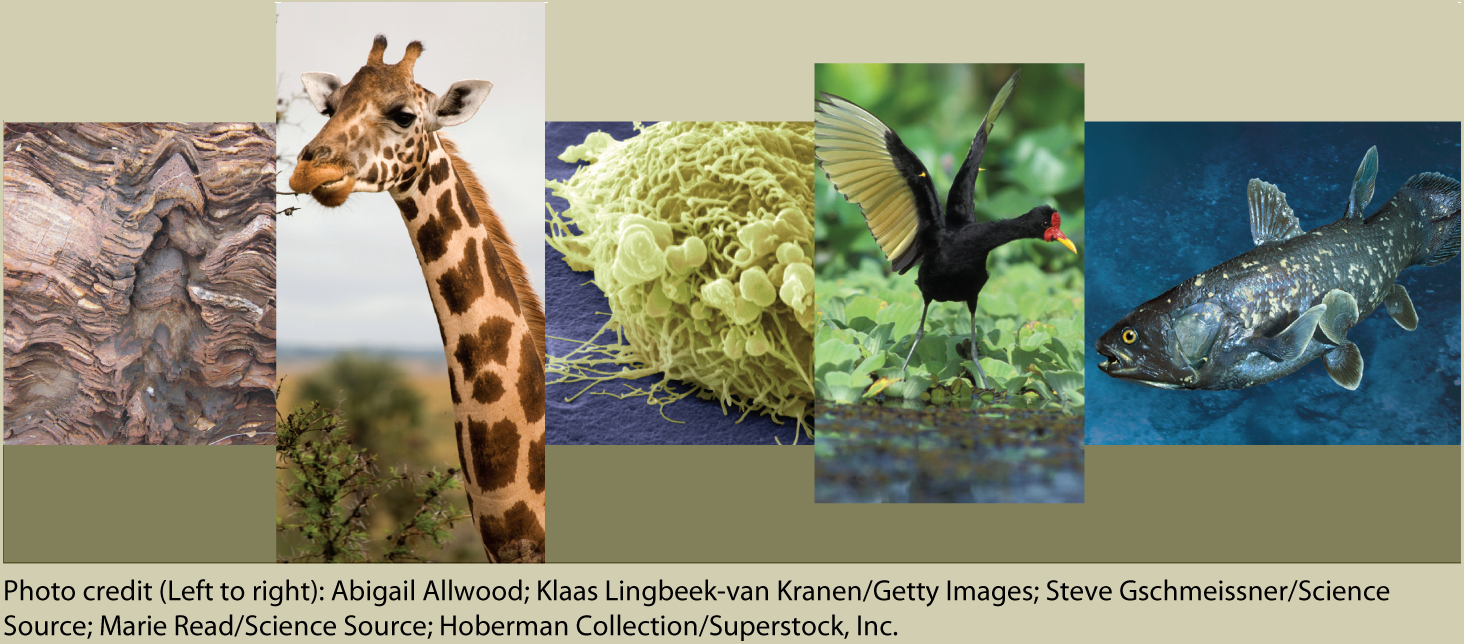
Carl Zimmer

| Publisher: | Ben Roberts |
| Creative director: | Emiko-Rose Paul |
| Production management: | Kathi Townes at TECHarts |
| Photo Permissions Coordinator: | Laura Roberts |
| Copyeditor: | Christianne Thillen |
| Proofreader: | Kathi Townes at TECHarts |
| Artists and Art Studios: | Carl Buell, Emiko-Rose Paul, Lineworks, Inc., |
| Quade Paul at Echo Medical Media | |
| Interior Designer: | Lisa Henry |
| Cover Image: | Carl Buell |
| Cover Designer: | Emiko-Rose Paul |
| Compositor: | Stephanie Kuhns at TECHarts |
Front cover: Ambulocetus by Carl Buell
Title Page Credits (left to right): Wayne Lynch/All Canada Photos/Superstock; Esther Beaton; Tom McHugh/Science Source; ZUMA Press, Inc./Alamy; J.B. Miller/USFWS. Left to right: Abigail Allwood; Klaas Lingbeek-van Kranen/Getty Images; Steve Gschmeissner/Science Source; Marie Read/Science Source; Hoberman Collection/ Superstock, Inc.
2014 by Roberts with W. H. Freeman and Company.
All rights reserved
ISBN: 978-1-3192-6876-3 (ePub)
3 4 5 6 7 8 9 23 22 21 20 19 18
To Grace, for growing our garden together

IT IS INTERESTING TO CONTEMPLATE AN ENTANGLED BANK , clothed with many plants of many kinds, with birds singing on the bushes, with various insects flitting about, and with worms crawling through the damp earth, and to reflect that these elaborately constructed forms, so different from each other, and dependent on each other in so complex a manner, have all been provided by laws acting around us. These laws, taken in the largest sense, being Growth with Reproduction; inheritance with is almost implied by reproduction; Variability from the indirect and direct action of the external conditions of life, and from use and disuse; a Ratio of Increase so high as to lead to a Struggle for Life, and as a consequence to Natural Selection, entailing Divergence of Character and the Extinction of less-improved forms. Thus, from the war of nature, from famine and death, the most exalted object which we are capable of conceiving, namely, the production of the higher animals, directly follows. There is grandeur in this view of life, with its several powers, having been originally breathed into a few forms or into one; and that, whilst this planet has gone cycling on according to the fixed laws of gravity, from so simple a beginning endless forms most beautiful and most wonderful have been, and are being, evolved.
Charles Darwin, The Origin of Species (1859)
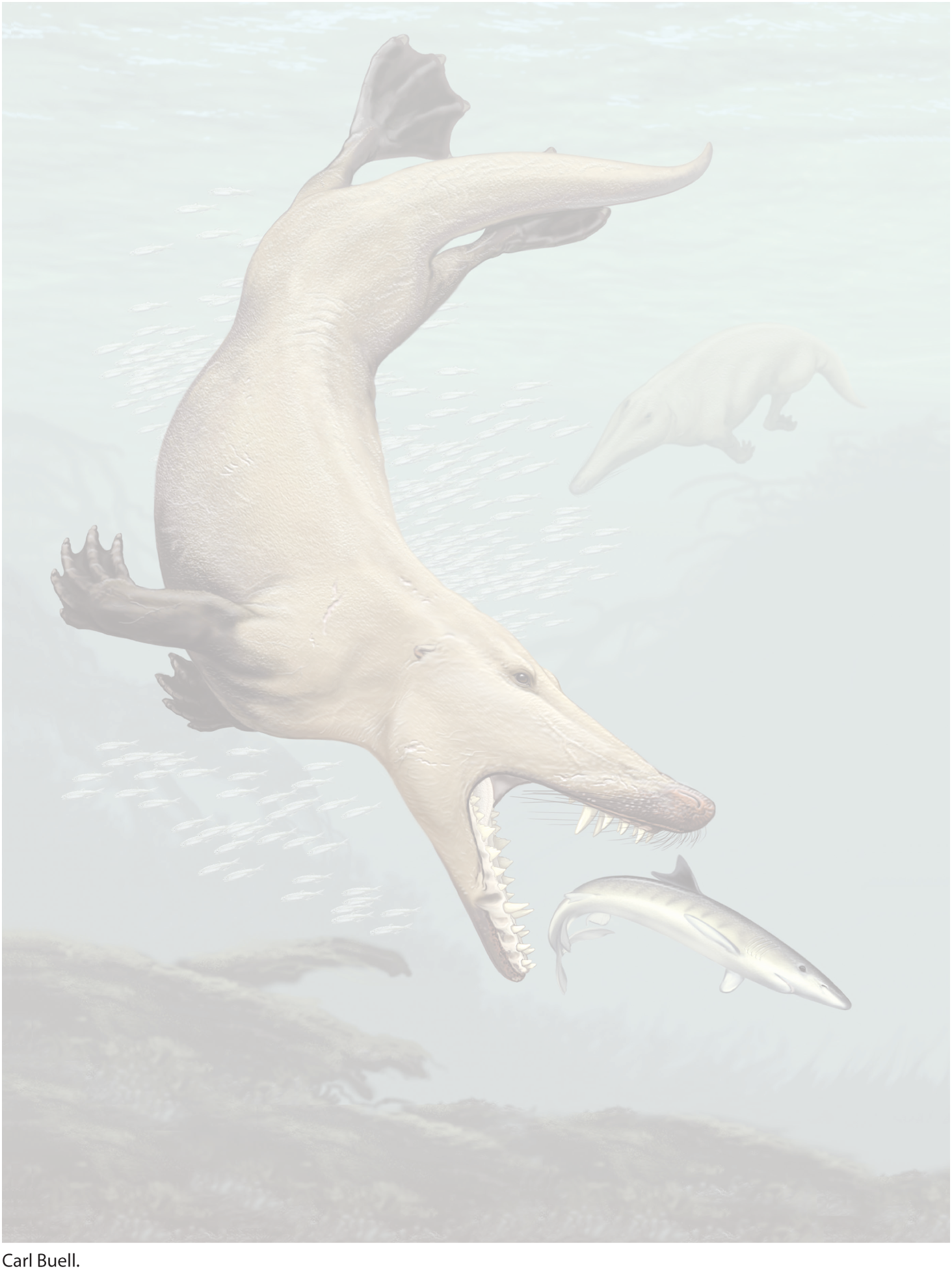
FEW SOUNDS ARE AS JOYFUL for authors as the thud made by a mail carrier dropping the first printed copy of their book by the front door. Years of effort suddenly take shape as paper, ink, and covers. But for textbook authors, there is another sound thats just about as sweet: receiving the first printed copy of the second edition of a textbook.
By the time a trade book about science reaches the bookstore, its probably already out of date. Science rolls forward, as researchers perform surprising new experiments or stumble across fossils lurking in the ground. Coaxing a trade publisher to update a book is next to impossible, for a whole host of economic reasons. Fortunately, textbook publishers think otherwise. A new edition of a textbook can be an update on a scientific field, rather than a cultural artifact. It is thus with great pleasure that I present the second edition of The Tangled Bank: An Introduction to Evolution.
The first edition, published in 2009, was an experiment of sorts. A growing number of colleges were offering evolution-related courses to nonbiology majors, but they had no textbook specifically tailored for their students. Having spent two decades reporting on evolutionary biology for newspapers and magazines, as well as writing trade books on the topic, I decided to create just such a textbook.
The response has been immensely gratifying, and its encouraged me as Ive revised The Tangled Bank for a new edition. Much of the work Ive put into this edition has involved surveying recent scientific literature for new studies that advance our understanding of evolution. Those advances have included everything from research on our Neanderthal relatives to experiments on cancer-fighting drugs based on evolutionary principles.
The second edition contains new figures that better illuminate the concepts I discuss in the text. Ive also updated the overall organization. In response to a number of requests, for example, Ive written an entirely new chapter near the end of the book dedicated to human evolution. There I integrate the concepts introduced earlier in The Tangled Bank, such as phylogeny, genetic drift, and sexual selection, to help readers gain a deeper understanding of our own species.
From the start of this project, Ive tried to make The Tangled Bank as readable as possible. The second edition does not have some of the standard pedagogical conventions. New terms are not set off in boldface, for example, and the book does not contain problem sets or summaries. Instead, I define new terms in the text itself. Students who want to check their understanding can now consult a new study guide, produced by biologist and journalist Alison Perkins. For more information on purchasing the study guide, visit http://www.roberts-publishers.com.
Although the second edition of The Tangled Bank is new in some important ways, it does not waver from the goals of the first edition. I hope that it continues to help a wide range of students come to appreciate the majesty and explanatory power of evolution.
CARL ZIMMER, GUILFORD CT MAY 2013
SECOND EDITION
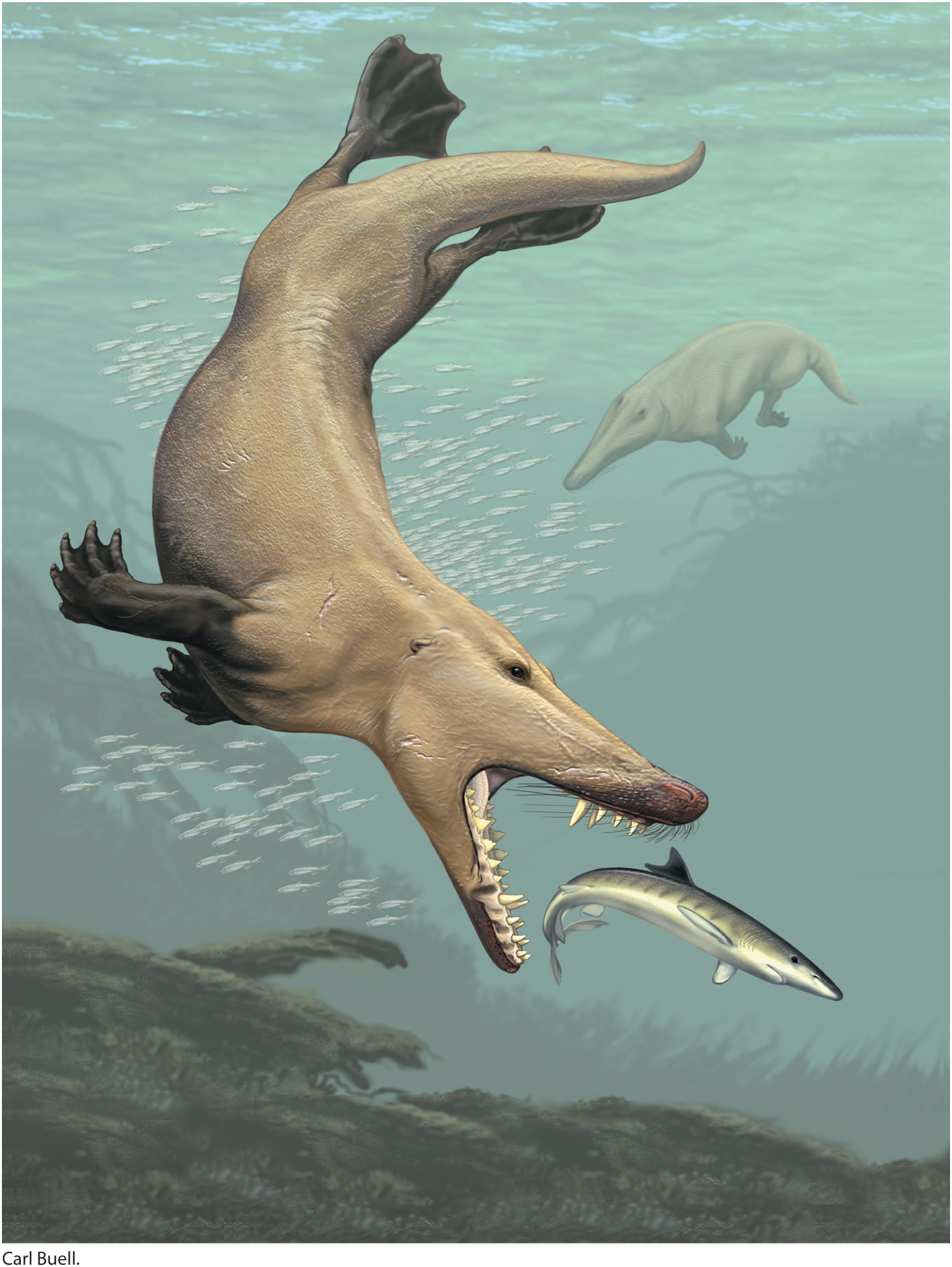
The earliest whales, such as the 47-million-year-old Ambulocetus, still had legs. Their anatomy gives us clues to how whales made the transition from land to sea.
O ne of the best feelings paleontologists can ever have is to realize that theyve just found a fossil that will fill an empty space in our understanding of the history of life. Hans Thewissen got to enjoy that feeling one day in 1993, as he dug a 47-million-year-old fossil out of a hillside in Pakistan. As he picked away the rocks surrounding the bones of a strange mammal, he suddenly realized what he had found: a whale with legs.
Font size:
Interval:
Bookmark:
Similar books «The Tangled Bank: An Introduction to Evolution, Second Edition»
Look at similar books to The Tangled Bank: An Introduction to Evolution, Second Edition. We have selected literature similar in name and meaning in the hope of providing readers with more options to find new, interesting, not yet read works.
Discussion, reviews of the book The Tangled Bank: An Introduction to Evolution, Second Edition and just readers' own opinions. Leave your comments, write what you think about the work, its meaning or the main characters. Specify what exactly you liked and what you didn't like, and why you think so.

